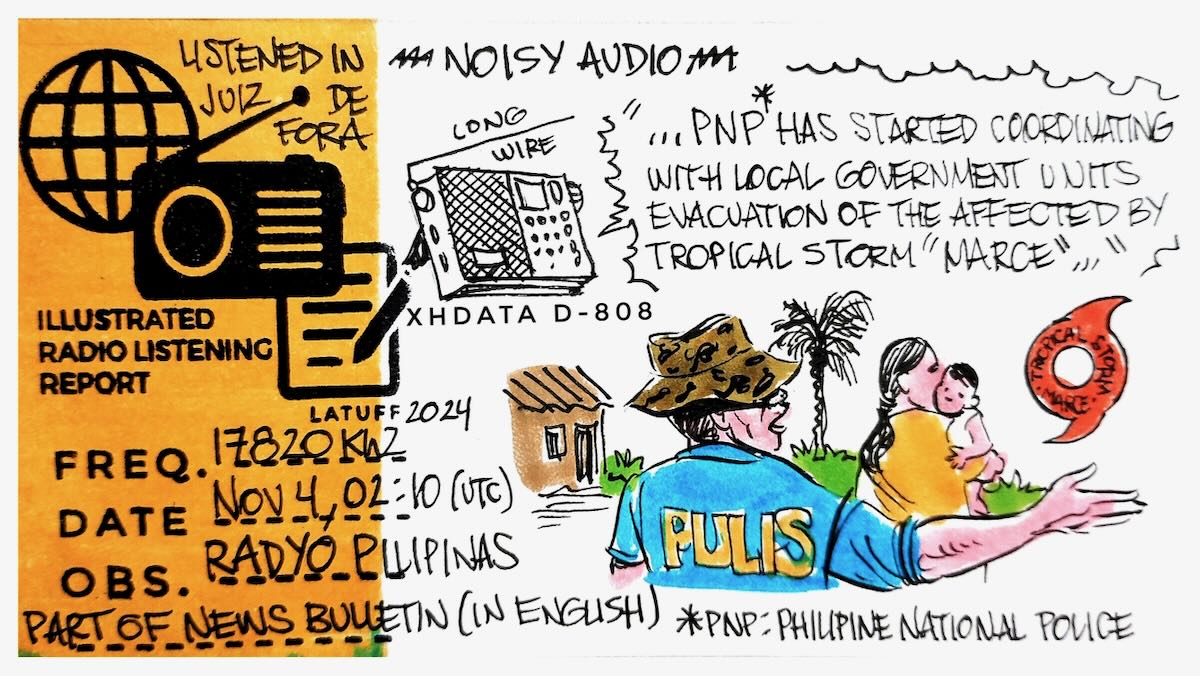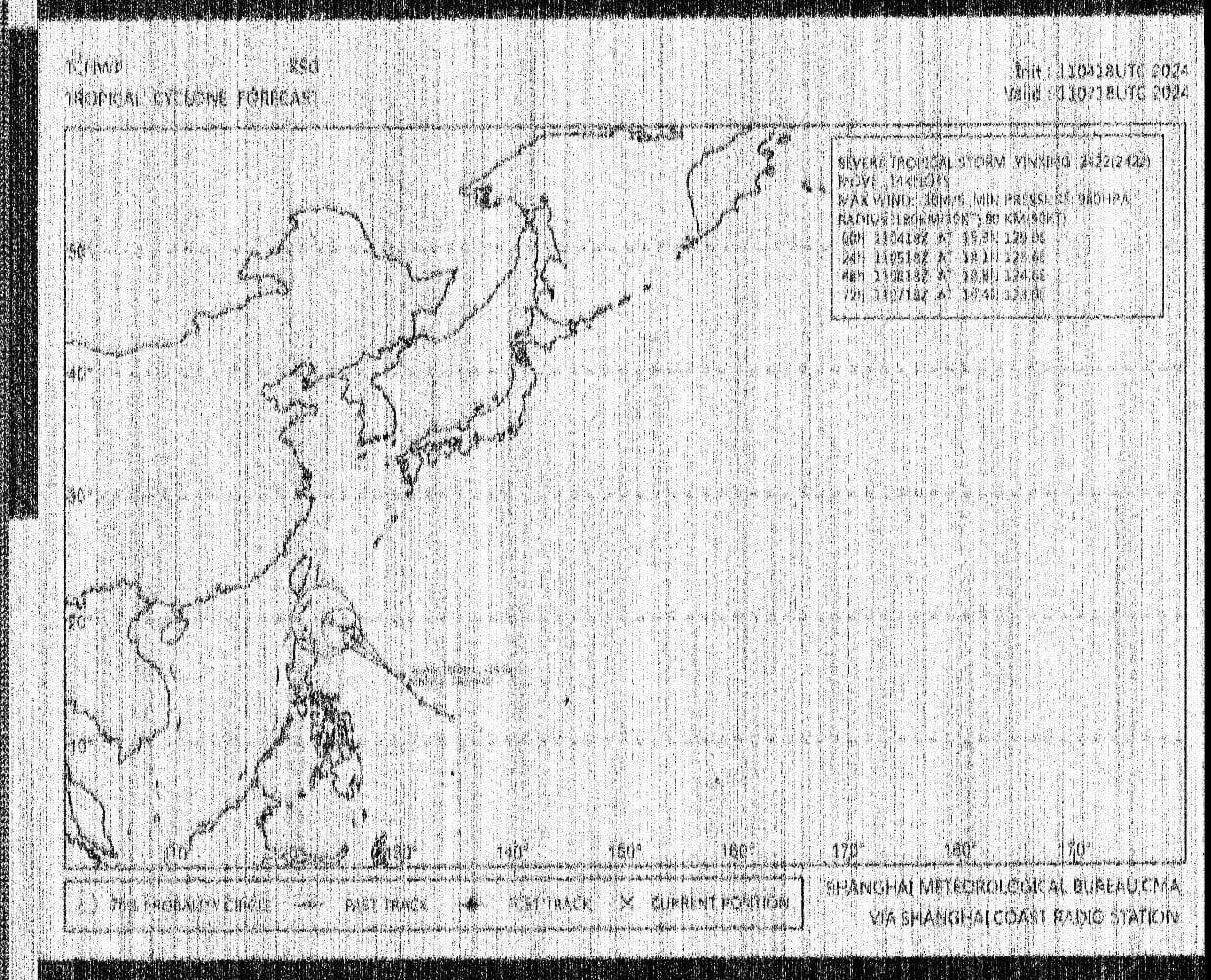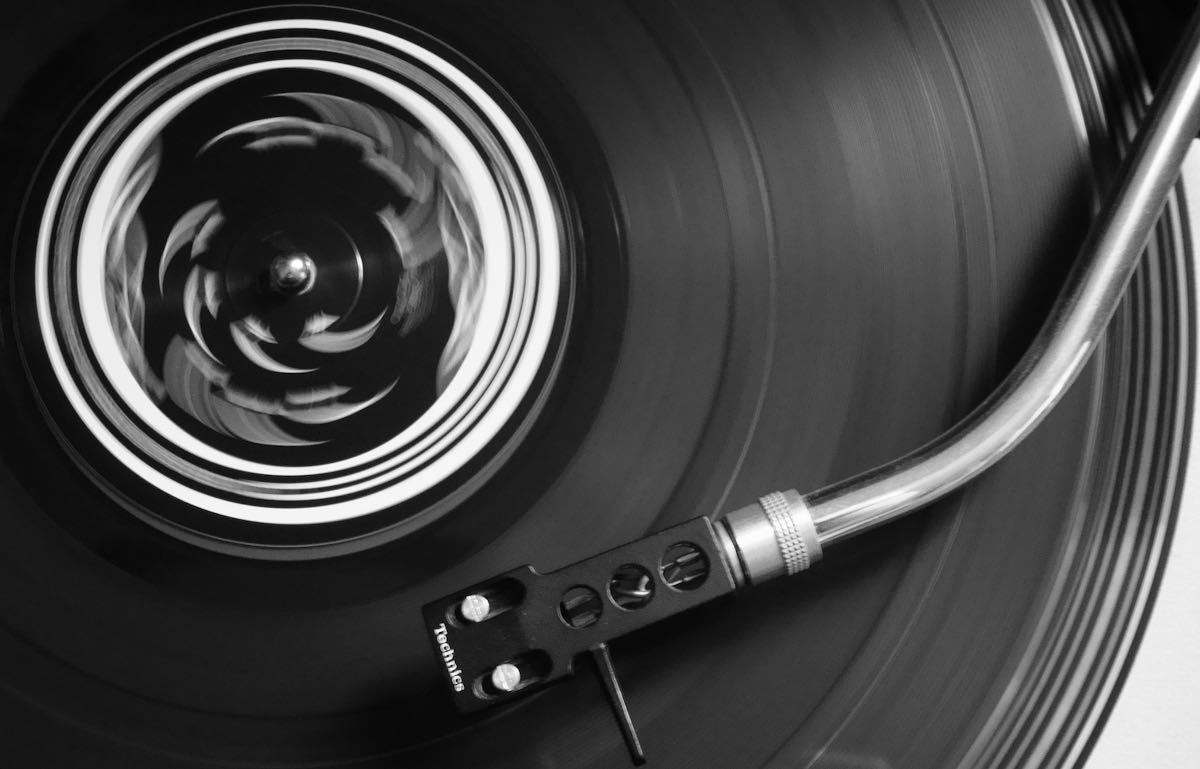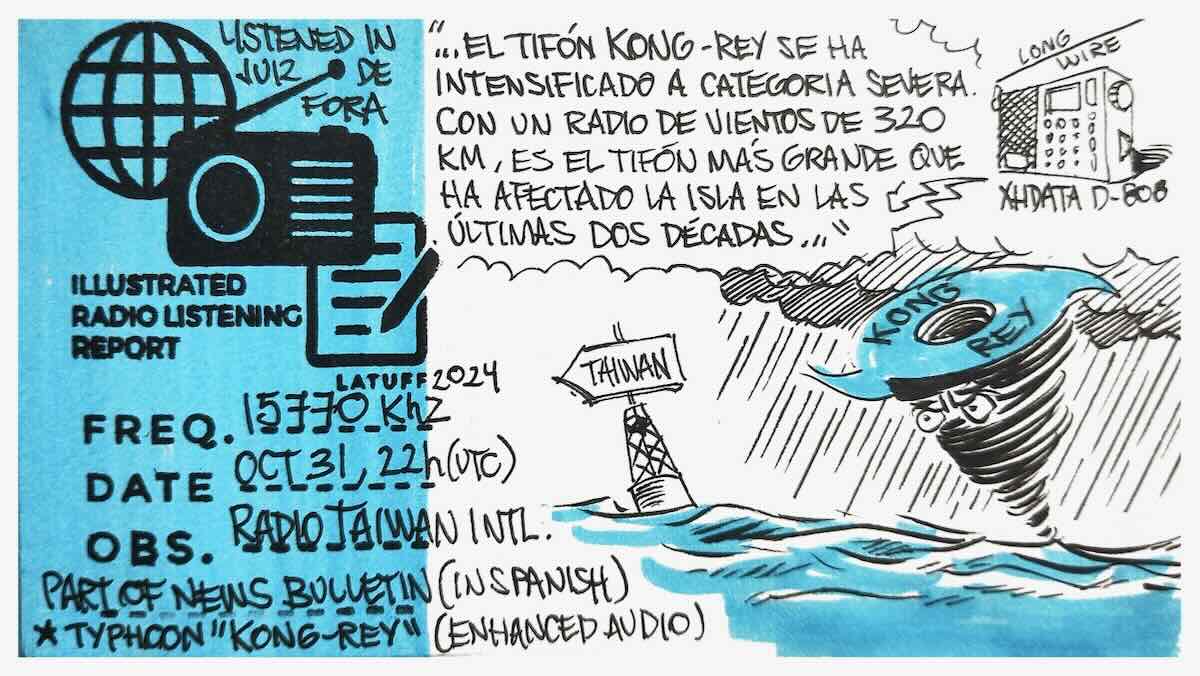Many thanks to SWLing Post contributor, Bill Tilford, who shares the following announcement:
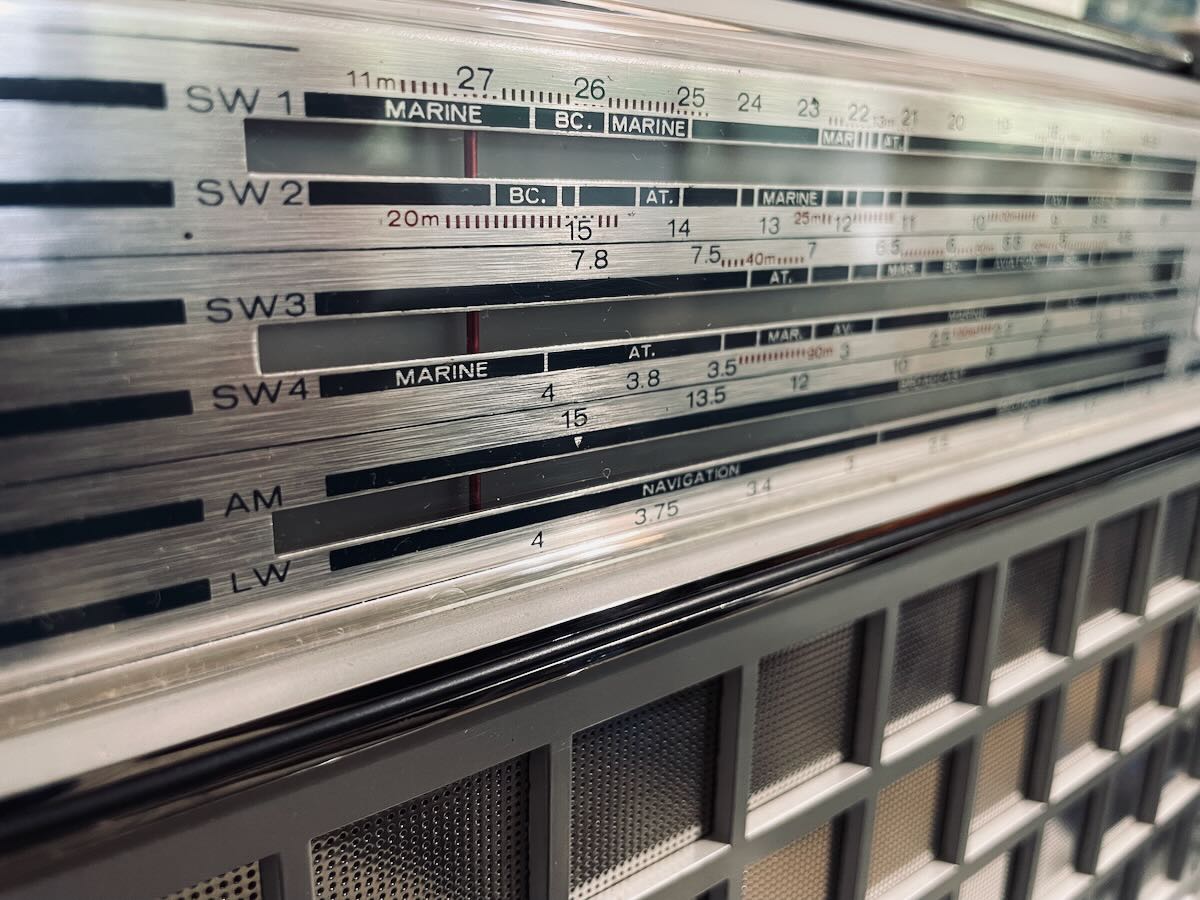 Due to a surprise appearance by CRI at 1800 UTC, the originally-scheduled transmissions of FTIOM and UBMP at that hour are being pushed back to 2200 UTC. The revised schedule is as follows:
Due to a surprise appearance by CRI at 1800 UTC, the originally-scheduled transmissions of FTIOM and UBMP at that hour are being pushed back to 2200 UTC. The revised schedule is as follows:
From the Isle of Music, second Saturday of every month.
From the Isle of Music, November 9, 2024
We will take a break from Cubadisco 2024 nominees to recognize the centenary of the founding of the iconic Cuban dance band Sonora Matancera, through which many Cuban greats such as Celia Cruz passed during their careers. This will feature both vintage recordings and a recent tribute album by current Cuban musical stars.
Times & Frequencies are:
- 0400-0500 UTC 9670 kHz with beam R towards eastern North America but usable in parts of Europe and Eurasia
- 1700-1800 UTC 9670 kHz with beam E-F towards South Asia but usable in Europe and parts of Eurasia
- REVISED 11/5: 2200-2300 UTC 3955 & 6070 kHz (omnidirectional for Europe and beyond)
Uncle Bill’s Melting Pot: the third Saturday of each month
Uncle Bill’s Melting Pot, November 16, 2024
This month, we will feature music from São Tomé and Príncipe with a side helping of something involving turkeys.
Times & Frequencies are:
- 0400-0500 UTC 9670 kHz with beam R towards eastern North America but usable in parts of Europe and Eurasia
- 1700-1800 UTC 9670 kHz with beam E-F towards South Asia but usable in Europe and parts of Eurasia
- REVISED 11/5: 2200-2300 UTC 3955 & 6070 kHz (omnidirectional for Europe and beyond)

